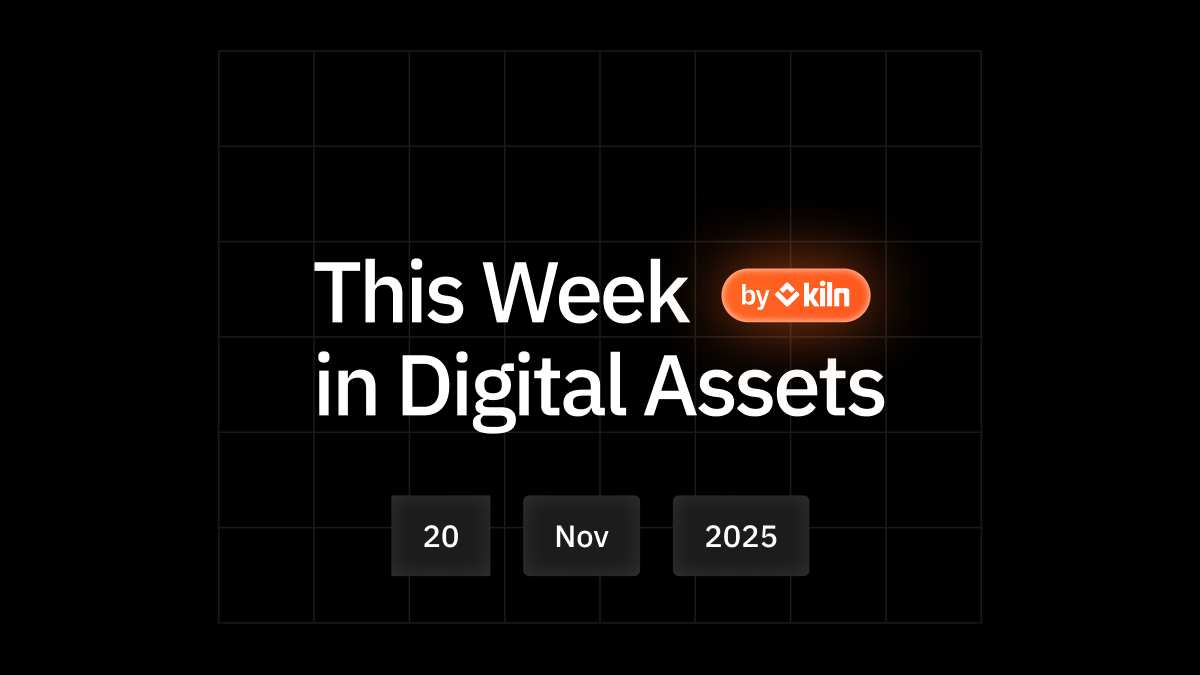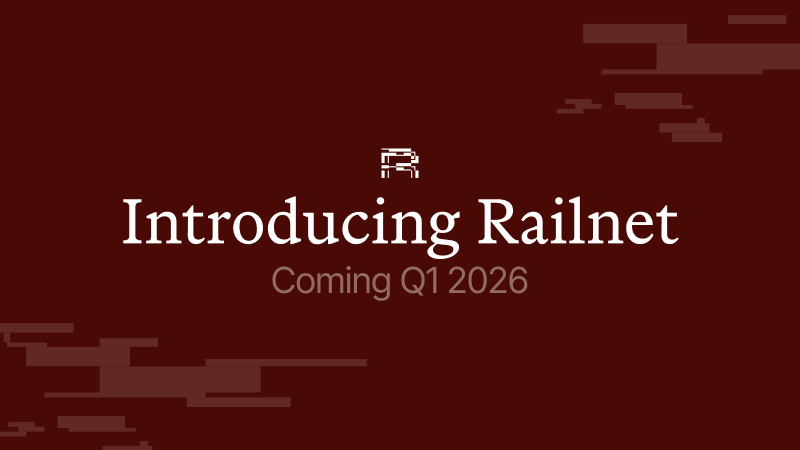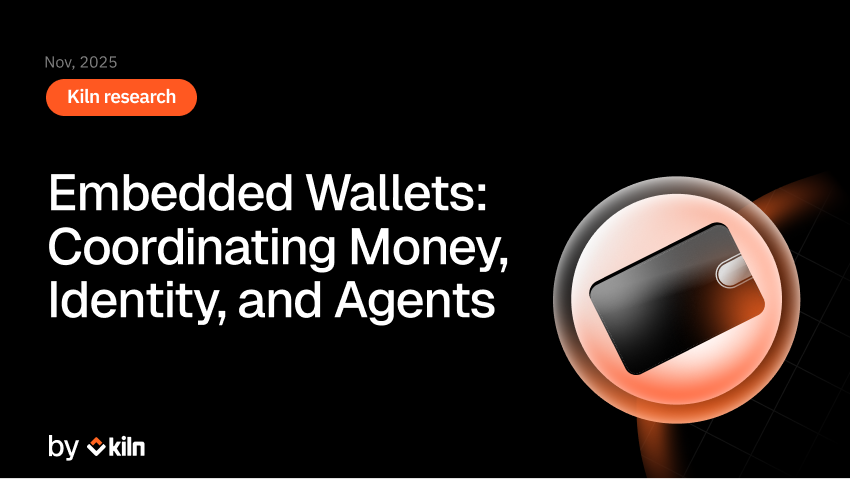This Week in Digital Assets: Monad Launches Public Sale on Coinbase’s New Token Sale Platform
 < Blog
< BlogThis week, the Monad public token sale on Coinbase has become one of the tests so far of whether large, high fully diluted valuation (FDV) L1/L2 launches still command investor interest in a more regulated and more skeptical market. As of writing, the sale has raised a little almost $150 million, roughly 80% of its $187.5 million target at $0.025 per MON, with about two and a half days still to run and 7.5% of the 100 billion token supply on offer. We expect the sale to end up oversubscribed, but the order of magnitude is noticeably different from the recent L2 MegaETH public sale that targeted $50 million and drew around $1.4 billion of bids, roughly 28 times the goal. Token launches are clearly back in 2025, yet we see shifting investor behavior. The market is still willing to fund ambitious base layer projects at multibillion-dollar implied valuations, but capital is no longer chasing every high FDV, low float narrative indiscriminately. We see this as a healthier phase where public sales are starting to function less as pure hype events and more as structured price discovery under increasingly clearer regulatory guardrails.
We view the demand profile for Monad fitting into this assertion. In absolute terms, raising around $140 million from a retail-facing public sale before mainnet launch is a strong result, especially for a first offering on a new token launch platform. The initial sale started fast, with roughly half the MON public allocation subscribed within hours, then slowed as more price-sensitive and more cautious buyers took time to evaluate the deal. In relative terms, this is very different from MegaETH, which filled its fundraising cap within minutes. MegaETH, however, used a floating price and FDV auction design with lockups that rewarded long-term participants, including a mandatory one-year lockup for US investors and optional lockups for others. Monad instead opted for a fixed price, fixed FDV structure at $2.5 billion with no lockups for public sale buyers. The contrast reinforces our view that the marginal buyer today is more discriminating on structure and risk, and that projects cannot assume automatic oversubscription simply because they are L1s with strong backers.
Monad’s offering follows the familiar high FDV and low float pattern, which we view as the core mid-term risk. The initial 100 billion supply allocates 7.5% to the public sale, 3.3% to an airdrop, 38.5% to ecosystem development, 27% to the team, 19.7% to investors, and 4% to the treasury, leaving only about 10.8% in public circulation at mainnet launch, while another 38.5% sits unlocked under foundation control. Team and investor tokens remain locked for the first year before vesting over several more, but a thin free float at a $2.5 billion FDV still points to elevated volatility and a persistent supply overhang as more holders gain the ability to sell. Where we see this Monad offering diverging from earlier cycles is less in its token structure and more in its distribution rail, with Coinbase now offering a regulated, retail-oriented launchpad that gives US users broad access for the first time since 2018 and reflects the clearer guidance the SEC has provided this year on compliant token distributions.
For Coinbase, this sale is also a strategic move. The firm now has a mechanism to capture primary issuance economics and build deeper listing liquidity. Coinbase is planning to run around one token sale per month on this platform, which creates a predictable, programmatic pipeline of new assets for its spot markets and for potential staking and other products down the line. If we begin to see larger, VC-backed crypto companies choose this route, we can expect a more formalized primary market to emerge in crypto, with CEX-based sales, onchain auctions, and tokenized equity structures all competing for issuer preference. The key open question is the role of institutional capital. For now, this first Monad sale is predominantly a retail event, but the same rails could easily be extended through Coinbase’s institutional franchise if the regulatory environment continues to improve.
About Kiln
Kiln is the leading staking and digital asset rewards management platform, enabling institutional customers to earn rewards on their digital assets, or to whitelabel earning functionality into their products. Kiln runs validators on all major PoS blockchains, with over $11 billion in crypto assets being programmatically staked and running over 5% of the Ethereum network on a multi-client, multi-cloud, and multi-region infrastructure. Kiln also provides a validator-agnostic suite of products for fully automated deployment of validators and reporting and commission management, enabling custodians, wallets, and exchanges to streamline staking or DeFi operations across providers. Kiln is SOC2 Type 2 certified.

















